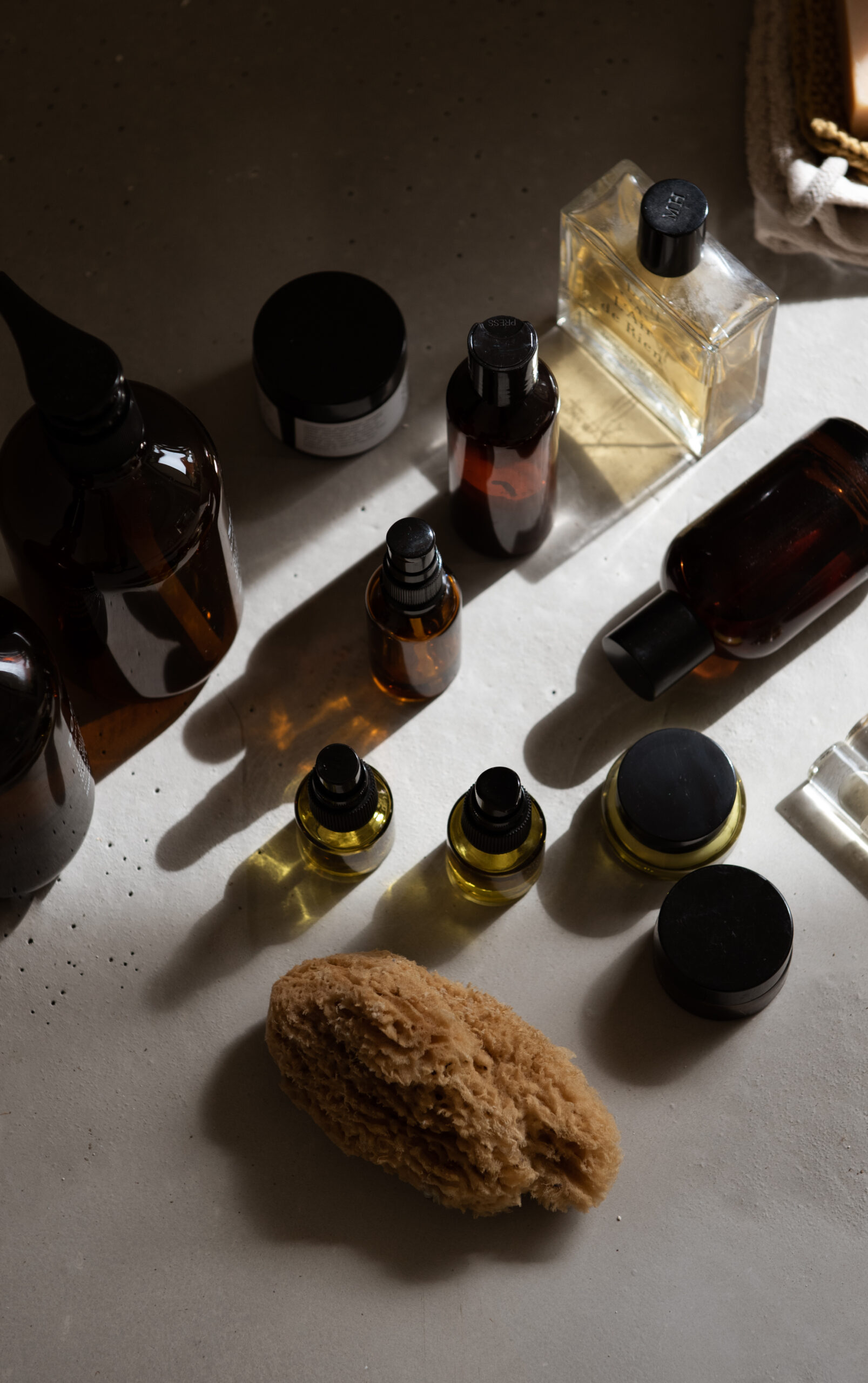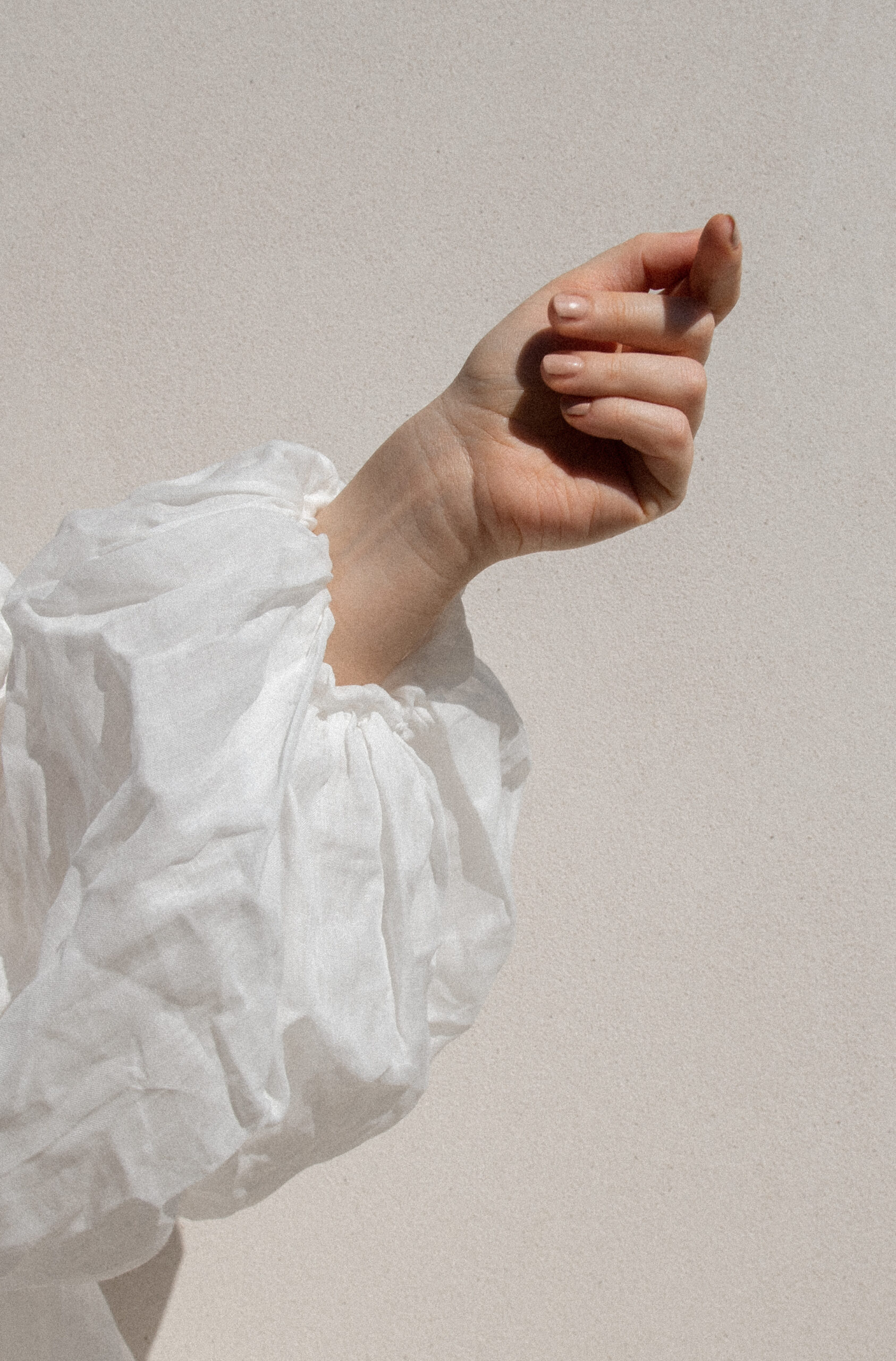Many years ago, at the beginning of my studio days, I spent hours carefully styling up a shoot for a watch brand, only to realize halfway through that I’d been photographing the watch upside down. It was a humbling moment that not only gave me a good laugh but also a valuable lesson in the importance of paying attention to every detail.
Product photography is full of such moments—small oversights that can derail a shoot or, conversely, thoughtful touches that can elevate your brand’s visuals to new heights.
While technical aspects like lighting and composition are critical, there are many other factors that can make or break your product photography. From ensuring your props are on-brand to avoiding distracting backgrounds, it’s the little things that count.
Here’s how you can navigate these challenges and create stunning images that truly represent your brand.
1. Lighting: The Foundation of Great Photography
Yes, you already know how crucial lighting is, but we are not here to discuss its technicalities. Instead, let’s talk about adaptability. In product photography, lighting can be unpredictable—whether it’s a cloud getting in a way of your perfect natural light or a studio setup not delivering the desired effect. The key is to stay flexible and ready to adjust on the fly and know what to do in case you are not satisfied with what you see. That comes with years of experience, I’ve been in so many unexpected situations during the shoots that I have already found a solution for almost anything that can happen. The ability to adapt your lighting approach to any situation is what truly sets professional photography apart.

2. Composition: Telling Your Brand’s Story
We’re all familiar with the basics of good composition, but telling your brand’s story goes far beyond the standard principles. Yes, the rule of thirds can create a visually balanced image, but sometimes the most compelling photos are the ones that break those rules. The real challenge is knowing when to stick to the guidelines and when to push the boundaries.
Personally, I like to follow my intuition and the eye I’ve developed over the years. Often, I just feel what will work best for the shot. It’s this instinct, honed through experience, that guides me in deciding when to stick to traditional composition and when to push boundaries.
To determine this, consider the message you want your image to convey. If your brand is about structure, precision, and order, following traditional composition rules will reinforce that message. On the other hand, if your brand is more about creativity, innovation, or boldness, breaking away from conventional composition can make your visuals more striking and memorable. It’s about aligning the composition with your brand’s identity and targeting it to your ideal audience.

3. Styling: Reflecting Your Brand’s Identity
There are times when I spent more of the shoot day selecting the right props than photographing the products. Why? Because styling is where your brand’s personality shines through. Everything in the shot, from the background to the smallest accessory, should reflect your brand’s identity. For instance, a minimalist brand might choose a clean, white backdrop, while a more rustic brand could incorporate natural textures like wood or stone.

4. Post-Processing: Polishing the Final Image
Editing can be a lifesaver—it’s a chance to correct small mistakes and enhance your images, but it’s important not to go overboard. Simple adjustments like color correction and sharpening can make your product pop, but maintaining a consistent editing style across all images is key to keeping your brand identity intact.
Over-editing can lead to a final product that feels inauthentic, which can be a turn-off for your audience. I believe that in case of editing less is more and any kind of filters from the early days of instagram should stay in the past.

5. Consistency
I once had a monthly content creation client who alongside our images, used the not very-attractive, 90s stock photos (you know the bad stock ones – for example assistant with a phone in her hand). The result? A disjointed brand image. Consistency is crucial. Whether your photos are on your website, social media, or print, they should look cohesive. Consistent lighting, composition, and styling create a unified brand identity that makes your products easily recognizable and reinforces your brand’s message. Stock photos are a fantastic resource to use alongside your brand photos but you have to pick them carefully and make sure they match with your brand identity.

Creating standout product photography is an art that goes beyond just clicking the shutter. It requires careful attention to detail, from lighting and composition to styling and consistency. By keeping these tips in mind and learning from the inevitable real-life mishaps, you can elevate your brand’s visuals and create images that truly resonate with your audience.
And in case you feel you would like help with your brand images, reach out to me so we can chat and see how I can help you achieve your desired results.
Agata


